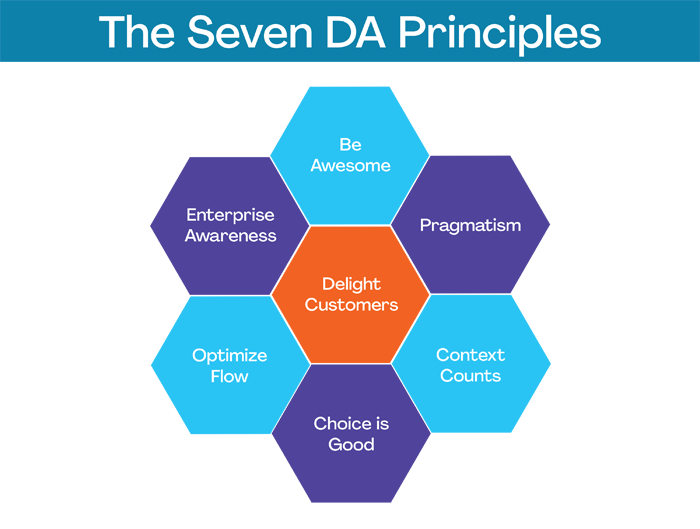
It’s been just over 20 years since a group of seasoned software developers and managers came together to hash out what we know today as the Agile Manifesto. “Traditional” project management focuses on gathering all of the requirements up front, creating a schedule and sticking to that schedule, no matter what. For software development and many other kinds of creative projects, this approach produces disappointing results. These individuals knew that the technology community could do better and came up with these tenants that changed how software development was approached, forever.
- Individuals and interactions over processes and tools
- Working software over comprehensive documentation
- Customer collaboration over contract negotiation
- Responding to change over following a plan
Back in 2010, I had the opportunity to take a scrum course from Ken Schwaber, one of the fathers of Scrum and became a Scrum Master. Fast forward 10 years, in November 2020, Scrum co-creators Ken Schwaber and Jeff Sutherland announced that they were giving a 3 hour seminar to release updates to the Scrum Guide, the body of knowledge of Scrum. I was curious and attended to learn how they strengthen the framework and how Scrum was adopted in new industries and domains. During that seminar, participants asked to compare and contrast the Scrum updates to Disciplined Agile Delivery (DAD) which is a toolkit acquired by the Project Management Institute in 2019. This led me to take a Disciplined Agile Foundations course.
As a project manager, I was so happy to see that Disciplined Agile acknowledges that projects don’t necessarily fit into 2-week development iterations and may have initiation and deployment phases, distributed teams, different levels of skilled resources and different development cycle times dictated by factors outside of the project. These aspects of project management are not handled in Scrum or Kanban, which squarely focuses on the development phase only. At Project Balance, we’ve always done a “mix and match” of traditional and agile approaches working to be as adaptive as possible. What’s nice about DA is that we can use their principles, life-cycle processes, categorization and naming conventions to communicate how Project Balance applies agile techniques in our projects. I encourage you to take a look for yourselves. You can find more information here.




